Cartier talks about cracking China with WeChat
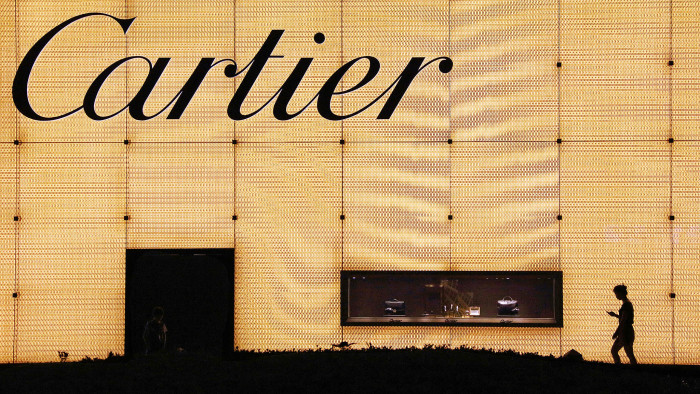
Roula Khalaf, Editor of the FT, selects her favourite stories in this weekly newsletter.
With 850m monthly active users, it is unsurprising that China’s WeChat online platform wields considerable sway when it comes to retail.
But WeChat, owned by Chinese internet giant Tencent, is also “the most important platform for luxury brands” in China today, according to L2, a business intelligence company. Local brands competing in China’s $103bn jewellery market have already used it to establish themselves with its audience, but now some western names are stepping into this arena, setting an example — and a challenge — for their competitors.
So far very few western luxury jewellers have used it for sales. Bulgari has offered limited-edition flash sales, such as the pink gold Divas’ Dream range during the Qixi festival, known as Chinese Valentine’s Day, while Tiffany uses it for marketing and customer interaction. Antoine Pin, managing director of Bulgari in greater China, says that while the range sold out within a month and spurred store sales of the same collection, online sales in China remain limited: “The physical touch point seems to remain important for our product category,” he says.
In spite of such concerns, Cartier last year launched a storefront on WeChat, one of the first ecommerce-enabled sites belonging to a western luxury jeweller on the platform. The Richemont-owned brand sells around 60 products via WeChat, including its Clou collection, which has a pink gold and diamond ring on sale for Rmb27,600 ($3,550). Cartier says that it plans to expand its WeChat range and is monitoring other Chinese shopping sites for opportunities as site quality and reliability improve.
“Chinese consumers are so digitally native and mobile that it is crucial for brands to get their strategy straight,” says Liz Flora, editor of Asia-Pacific research at L2. “A lot of old heritage brands from Europe are very careful with their reputations and they shy away from ecommerce, but you’re looking at a whole different type of market, and brands that don’t have a strategy will fall behind their peers.”
WeChat is attractive on top of its massive audience because it has one-to-one messaging functionality, direct payment system and a high level of brand control. Companies can build their own site on the platform, fulfil orders and deal with customers.
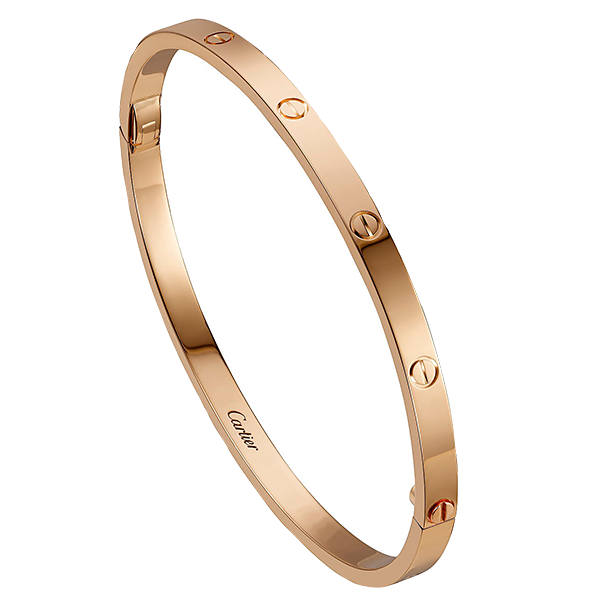
This Valentine’s Day, Cartier used its WeChat boutique to sell 150 pink gold Love bracelets. More a marketing campaign than a sales drive, the first 88 orders were personally delivered by “Cartier boys” dressed in red jackets and hats, with bunches of fresh flowers, across 18 cities in China. The product sold out in a few days.
“WeChat transcends ecommerce and is first and foremost about connecting to our customers,” says Renaud Litré, chief executive of Cartier in China. The app offers customers the ability to “purchase our collections online, book appointments, check on the status of their online purchase and repair orders, and enjoy easy access to one-to-one communication” with sales staff, Mr Litré says. Ecommerce sales, while still a small percentage of the brand’s total, offer “a great potential area for future growth”, the company says. It declined to give sales figures or projections.
***
There are ecommerce attractions for jewellers at the other end of the price range too. Affordable Danish jeweller Pandora started working in China with several distribution partners in 2011 and now has over 100 outlets. It opened a store on the Tmall platform, owned by Chinese ecommerce group Alibaba, in October 2016, which has half the brand’s product offering and 15 unique products for China, such as the HK$5,999 gold moneybag charm. It also has a separate ecommerce site which opened in December.
Sales on Tmall, where it only offers full-price items, “are significant”, says Kenneth Madsen, Asia-Pacific president for Pandora, and the company is considering a WeChat store too. China accounts for 4 per cent of group revenues and same-store sales rose 44 per cent in the fourth quarter.
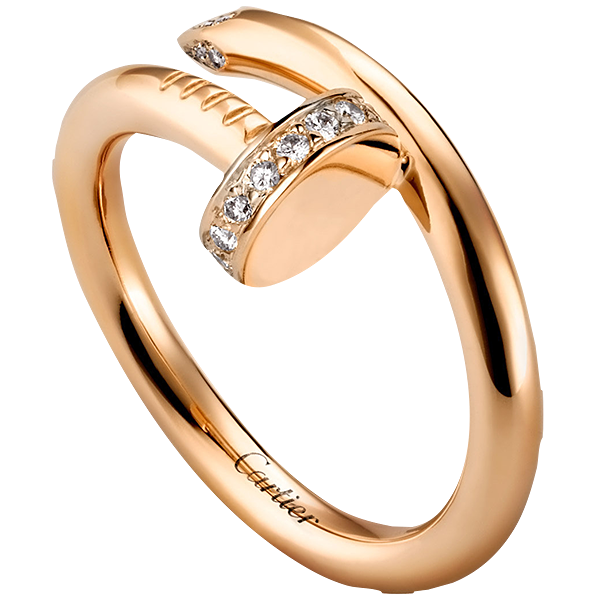
Despite few rival “branded” international jewellers operating there, going into China was risky for Pandora. “We knew there was a very strong gold market,” says Mr Madsen, “and not having a history of buying branded silver jewellery meant we would be driving marketing and investment.” He cites collaborations with local celebrities including actress Ivy Chen.
The brand’s core customer base is 25-35-year olds who are “more aware of global brands. They buy for different reasons: they don’t see jewellery as an expensive piece but more so as an accessory”, as does the European customer, says Mr Madsen. “We’re seeing consumers in China now that are dedicated to online shopping only and that group of people is growing, so just by not being online you’re shaving off a huge part of the Chinese consumer.”
Hazel Meng, a 26-year-old Chinese fashion blogger with 270,000 WeChat followers, says her audience are “exclusively looking for western brands, preferably with a little heritage, a bit of prestige”. While many western brands have a presence on WeChat, they do not sell there, which means Ms Meng’s followers have to go to physical stores or other, less popular platforms such as Tmall and JD.com, where counterfeiters and unauthorised resellers have operated.
“For jewellery and watches, WeChat would work really well with the more basic, popular styles, the ones without too many diamonds, the popular ones the celebrities wear. A lot of people buy these items for gifts and buying online is so much easier,” says Ms Meng. She suggests Tiffany, with its “silver and simple bracelets” could work well on WeChat.
***
Now may be a good moment for western brands considering a WeChat store. In the past, Chinese jewellery sales were dominated by shoppers seeking out diamonds and gold as investment pieces from local companies like Chow Tai Fook, which sells HK$7,510 gold bars and year of the rooster gold ornaments.
That is changing as the Chinese market, especially tier-one cities like Shanghai and Guangzhou, adopt more western tastes, says Renee Hartmann, co-founder of China Luxury Advisors. “It used to be that diamonds and gold were more of an investment. Now it’s much more about what it looks like, it’s much more traditional western, a lot of fashion-related pieces,” she says. “There’s more curiosity about the western culture and [Chinese people] want to try different things, adopt different habits.”
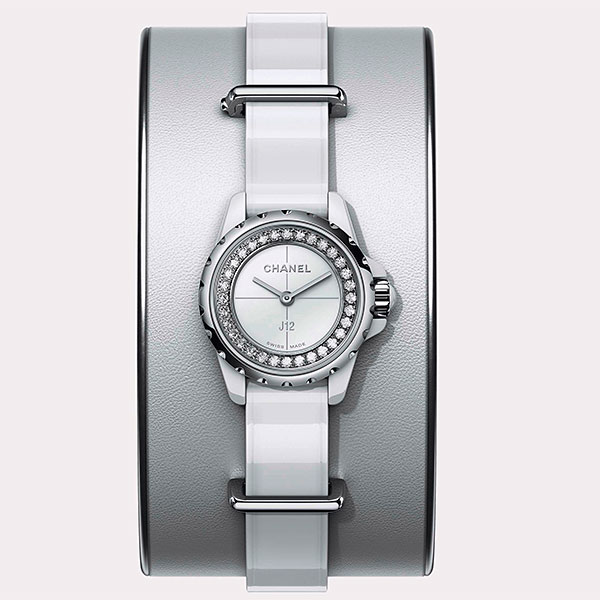
If western brands respond to Chinese consumers, the opportunities are even better. Ms Hartmann cites the popularity of Chanel’s XS range, where a £4,000 J12 ceramic watch has a tiny 19mm diameter, suited to a narrower wrist.
“Western brands bring in the western flair, the western design and the western magic but in order to sell it they need to be present,” says Luca Solca, luxury analyst at investment company Exane BNP Paribas. “It’s a matter of waking up and coming to the party. I don’t think there is first-mover advantage. People buy brands, so the moment they are available, they will go to them.”
Chinese brands have already worked out their online propositions. A spokesperson for Chow Tai Fook, the biggest jeweller in the world by market capitalisation, said the price range in their physical stores is Rmb3,000-Rmb6,000, whereas online it is Rmb1,000-Rmb1,500.
Orders placed on Tmall and JD.com can be picked up at shops or delivered to houses, but there are “synergies”, said the spokesperson, in attracting online customers into shops.
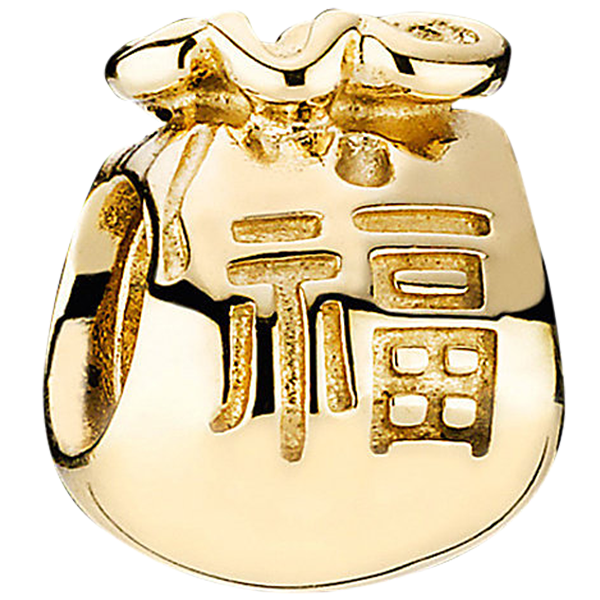
Entering China can be a reasonably quick process now given WeChat’s scope, says Ms Hartmann. “Compared to 10 years ago, it’s much easier for brands to break into the market, have celebs wear their jewellery. The combination of technology and consumers is so cool.”
London-based digital consultancy agency Qumin, which works with European brands to launch WeChat apps, says the platform is a useful way of raising brand awareness. The agency developed an app for Mappin & Webb, the British jeweller whose Aster pendant sells for £2,000, to promote the brand over Chinese new year.
The Chinese are “moving away from showy brands”, says Arnold Ma, chief executive of Qumin. “The Chinese love the heritage and the history of European brands but often they don’t know about them.” He believes that WeChat “is the best way right now to reach a Chinese audience and to introduce them to specific brands and tell the story of the brand.” If the shoppers don’t yet know about that brand, this means it will “probably be the next big thing”.
Additional research by Tom Hancock
Comments